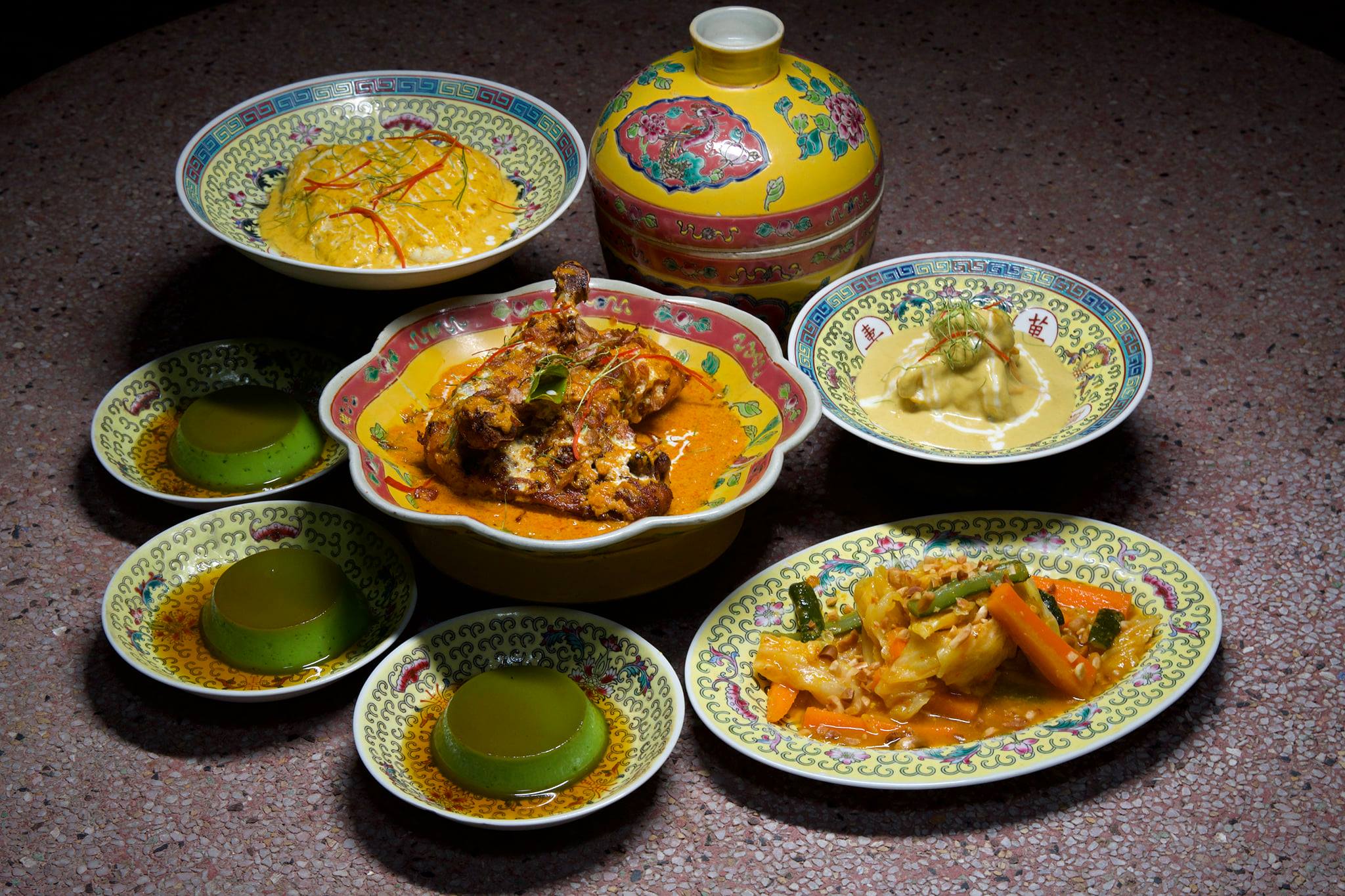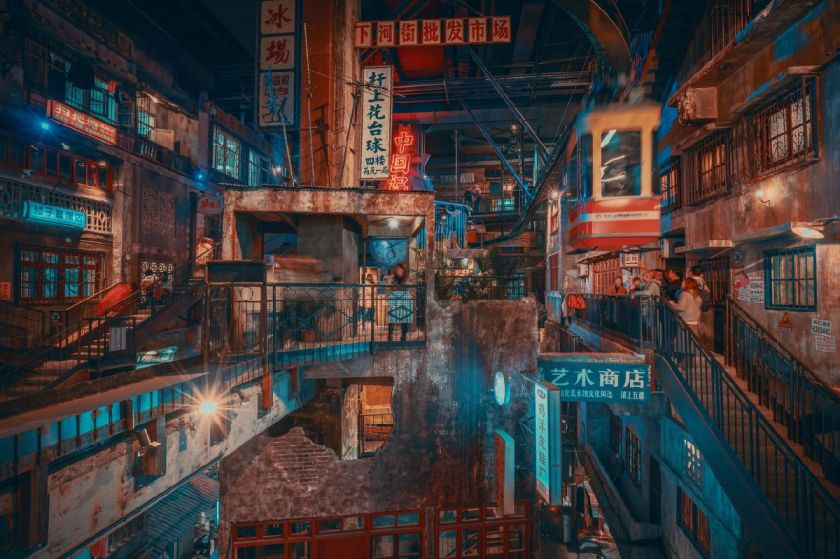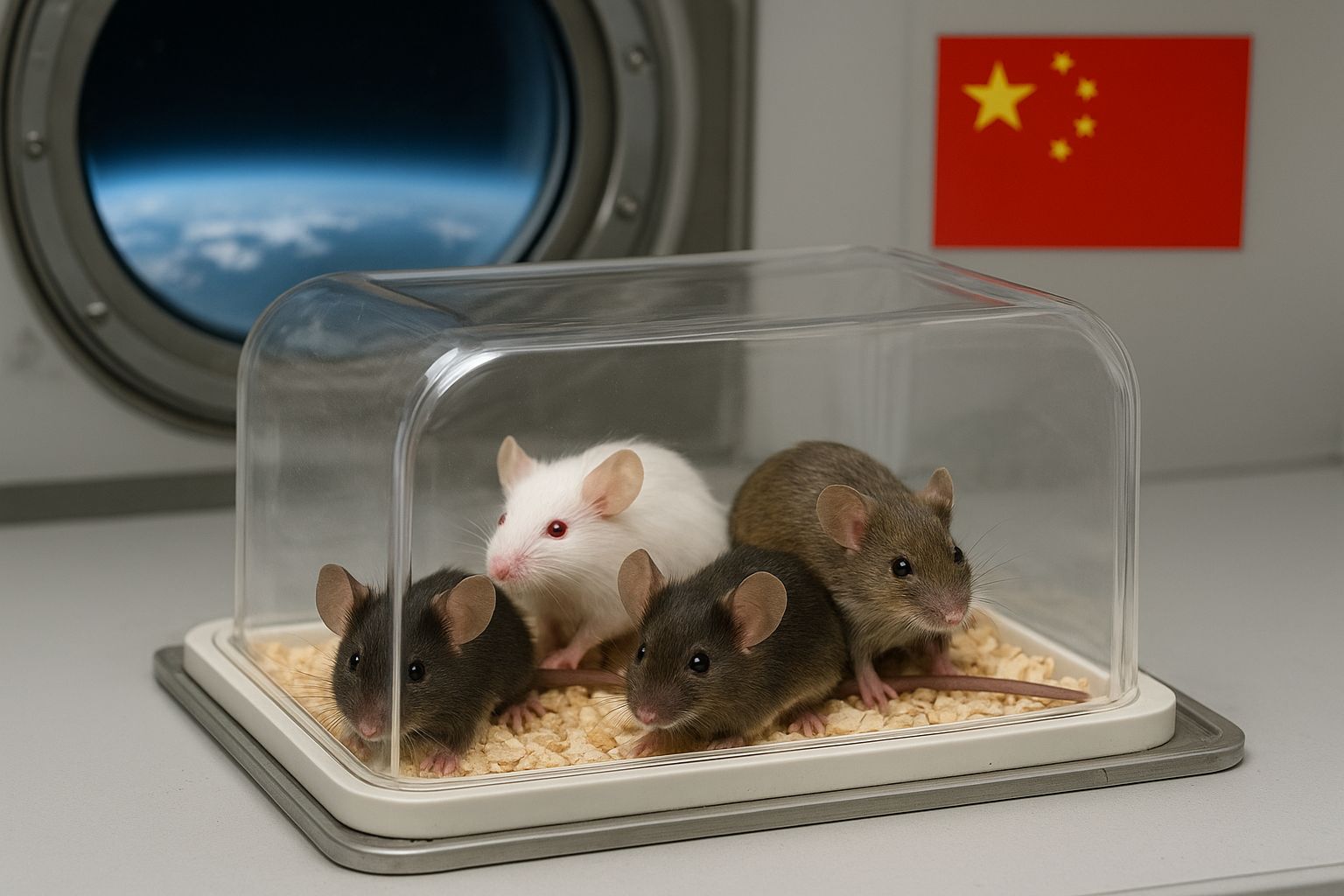Chinese Takeout is a bite-sized, biweekly RADII feature that examines Chinese food from the inside out, by disentangling the (hi)stories behind a single dish or restaurant. Write to us if you have a suggestion or submission.
Looking at maps of San Francisco, New York, and Los Angeles, you can typically find each city’s Chinatown located close to the downtown city center.
But as early as the 1970s, that began to change. Chinese immigrants to the US began to flow into newer, more modern suburban communities — like LA’s San Gabriel Valley, which in only a half century has turned into a 20-mile-wide bedroom community for hundreds of thousands of Chinese Americans.
For that reason, the San Gabriel Valley has also become the culinary center of Chinese food for the Los Angeles area — and indeed, the entire United States.
Scarcely more than five years ago, an upheaval in this local dining scene began to take place. One restaurant — a Beijing import that serves Michelin Star-awarded “Imperial cuisine” — typifies the change that is taking place.
The Place
Having only opened in late 2016, Bistro Na’s — the first North American branch of Beijing’s Najia Restaurant group (那家小館 Na Jia Xiao Guan) — has risen to the top of the heap within its relatively short tenure.
This is arguably demonstrated by the fact that in Michelin’s 2019 return to Los Angeles (after a near decade-long absence), Bistro Na’s was the only Chinese restaurant in the area to receive a Michelin Star.
Related:
 Where’s the Chinese Food in the World’s 50 Best Restaurants List?Do lists like World’s 50 Best Restaurants and the Michelin Guide do the breadth of Chinese cuisine justice?Article Jun 26, 2019
Where’s the Chinese Food in the World’s 50 Best Restaurants List?Do lists like World’s 50 Best Restaurants and the Michelin Guide do the breadth of Chinese cuisine justice?Article Jun 26, 2019
Besides garnering the coveted Star, Bistro Na’s effectively introduced “Imperial style” Chinese cuisine both to Los Angeles and the United States — representing the style of food and dishes served to China’s Imperial Court. The original Najia restaurant chain — which has 15 branches in China — uses recipes passed down from an Imperial cookbook, and whose founder can trace his ancestry to a doctor in the Imperial Court.
Until now, Chinese food in the San Gabriel Valley, like the rest of the US was Cantonese-centric — from the time Chinese established their beachhead in Monterey Park in the 1960s, until less than a decade ago.
While some authentic Shanghai, Sichuan, Hunan and Beijing-style restaurants have opened up in the San Gabriel Valley in the late 20th century, there was a total lack of mainland Chinese “destination restaurants” — ones with such appeal that they attract diners outside their immediate community.
Just as importantly, the Beijing-based restaurant chain effectively introduced fine dining to Los Angeles’ Chinese dining landscape. Whereas both San Francisco and Manhattan have had a vibrant Chinese fine dining scene, Los Angeles was woefully lacking in this regard until Bistro Na’s arrival. Since that time other chains have followed suit, which indicates the impact this opening has left on the Valley’s food landscape.
Related:
 Chinese Takeout: Inside Beijing’s “Queen Bee” Government CanteenBeijing’s “queen bee” provincial canteen has the name-brand recognition of its cuisine to thankArticle May 23, 2019
Chinese Takeout: Inside Beijing’s “Queen Bee” Government CanteenBeijing’s “queen bee” provincial canteen has the name-brand recognition of its cuisine to thankArticle May 23, 2019
The History
For decades, Chinese food in Los Angeles — like Chinese food throughout the United States — was a mutated form that bore no resemblance to Chinese food in the homeland, and which gave Americans a distorted view of the cuisine (which to some extent survives to this day). This was because most immigrants to the United States from China hailed from rural areas of Guangdong province — namely Taishan, or Toishan in their native dialect.
The enactment of the Chinese Exclusion Act in 1882 slowed the flow of Chinese migrants to a trickle. As a result, the Chinese community in the United States was essentially a time capsule until mid-20th century, reflecting the rural migration of Toishanese to the United States a century prior.
Related:
 Chinese Exclusion: Celebrating the Workers Who Helped Build the Transcontinental Railway150 years ago this month, one of the most famous photographs in American history commemorated the completion of the transcontinental railway. But where are the Chinese workers who played a key role in building the railroad?Article May 14, 2019
Chinese Exclusion: Celebrating the Workers Who Helped Build the Transcontinental Railway150 years ago this month, one of the most famous photographs in American history commemorated the completion of the transcontinental railway. But where are the Chinese workers who played a key role in building the railroad?Article May 14, 2019
From a food standpoint, this meant a cuisine based on food brought to the United States by these early migrants, subsequently adapted for local ingredients, and further adapted to the tastes of Americans who began to patronize Chinese restaurants. This led to Chinese food in America being typified by such dishes as wor wonton soup, chop suey, egg foo yung, chashu, and sweet and sour pork.
After Chinese exclusion trickled out in the 1960s, the United States and China had not yet revived diplomatic relations, and so the first wave of revived Chinese immigration came instead from Hong Kong and Taiwan. The most immediate culinary effect was the modernization of Cantonese food — from the mutated, rural Toishanese version to the up-to-date Hong Kong style.
Once diplomatic relations were reinstated, immigration from major cities like Shanghai and Beijing kicked off in the 1980s, and from Fujian to New York in the ‘90s. Yet across the US, Hong Kong-style Cantonese food continued to reign supreme until now — though significant immigration from other areas throughout the Chinese mainland would slowly but surely make its culinary mark.
Related:
 Chinese Takeout: The Chef Who Gave Up Serving Presidents to Bring Dim Sum to the PeopleSome say har gow, a popular type of dim sum dumpling, are the truest sign of a Cantonese chef who’s worth his salt – and this one’s cooked for George H.W. Bush and Queen Elizabeth IIArticle Jul 04, 2019
Chinese Takeout: The Chef Who Gave Up Serving Presidents to Bring Dim Sum to the PeopleSome say har gow, a popular type of dim sum dumpling, are the truest sign of a Cantonese chef who’s worth his salt – and this one’s cooked for George H.W. Bush and Queen Elizabeth IIArticle Jul 04, 2019
The Food
Bistro Na’s exemplifies the changes that are affecting Chinese food in the San Gabriel Valley.
The menu is full of fabulous dishes, seldom if ever seen in local Chinese restaurants in the form presented here. Their signature dish is undoubtedly their crispy shrimp (酥皮大明虾), which literally ordered by every single diner every time they visit the restaurant.

Crispy shrimp (酥皮大明虾) at Bistro Na’s
Whole shrimp is fried in such a manner that the shell itself is crispy, with a fruity, garlicky sauce, resulting in an addictive dish that everybody raves about.
There are many other great selections from the restaurant’s coffee table book-sized illustrated menu worth looking at. These include crispy lamb, prime rib, tofu skin salad, steamed egg with tofu sticks, the milky cheese dessert shaped like a fish, and their noodle dishes. The décor is consistent with the menu, scarcely belying the strip mall exterior in which the restaurant is located.
In less than a decade, Chinese dining in Los Angeles has turned on a dime. Now Cantonese restaurants make up only 10 percent of new Chinese restaurant openings, and iconic Hong Kong style seafood and dim sum palaces are going out of business — a trend that would be unthinkable a few years ago.
Mainland Chinese restaurants opening in the San Gabriel Valley, meanwhile, are now so common that this fact may not even be worth mentioning. And with a surge of rich mainland Chinese purchasing high-end residential real estate in the San Gabriel Valley in the past decade, high-end dining has begun to follow. Bistro Na’s has, in less than three years of operation, become the poster child for all these trends.
All photos courtesy Bistro Na’s
















